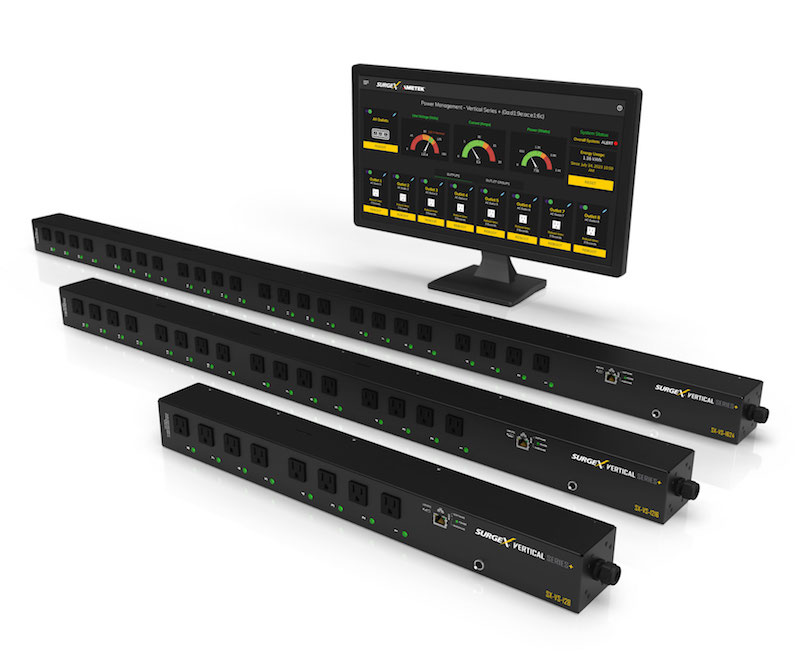Despite the incredible talent and creativity that drive ambitious projects in the residential channel, one critical aspect often gets overlooked: power planning. Not considering power requirements is like trying to fire up a games console without thinking about plugging it in.
If you haven’t worked out your power requirements, how do you know if your setup will hold up without outages? How will you ensure reliability, customer satisfaction, and peace of mind?
Here are my top three key power needs to keep in mind for your next install.
Amping Up the Circuits
So you’ve got your racks set up — neat, tidy, and ready to go. But are you providing enough power? It’s time to do the math!
Dealers find themselves in a power pinch because they’re not adding up the total draw of their racks. It’s often the case that 2-4 dedicated 20-amp circuits are needed per 42U rack, yet many rack rooms are running on a single 20-amp circuit for two racks. That’s immediately underpowering a rack, and that’s a problem which is likely to cause issues. Knowing the draw of every device in a rack allows integrators to plan accordingly.
And let’s not forget about the challenge of grid power anomalies causing disruption to your installation. What happens when you’re not feeding enough power to your system even before the grid decides to throw a curveball? It’s like trying to run a marathon with a banana for breakfast; not a good idea, my friends. You can’t hope to overcome power anomalies if you don’t have enough power in place in the first place.
Go Big or Go Home
It’s simple: bigger and more power is better. Starting with a Large Format UPS and working your way down is the name of the game. We recommend a 10kVA to keep things running smoothly. Then, for backup, a reliable 6kVA is your go-to. And we strongly recommend avoiding anything less than a 2kVA, or you’re inviting trouble. Make sure you’re not overworking that UPS to the point where it’s begging for mercy when the system is in full swing.
Expectations of what can be achieved with the UPS are often far too high. UPS technologies are designed to bridge the gap between sources of energy. It’s important to have a conversation with the customer to ask whether they’re going to have a generator, solar, or battery backup to handle this scenario in the event of outages lasting longer than a few minutes.
Power Up Your Knowledge
Power is not just “magic,” it needs consideration, planning, and appropriate investment. Integrators who implement a power foundation and solid network infrastructure experience fewer system interruptions, and are better able to monitor and address issues. We’re talking about better reliability, happier clients, and smoother sailing for everyone involved. So really take the time to understand power.
The idea of PB&J is one of the mottos we’ve been using to ensure thorough power foundation — Protect, Backup and Justify. Protect against high voltages that may come through and cause anomalies, Back up (with battery) to prevent need for reboots and lockups, and Justify with software giving visibility into the power quality of a system.
There are now remote monitoring solutions, allowing integrators to monitor power analytics, resolve issues, and inform customers about what went wrong. While a simple reboot may fix a solution, data can explain exactly what went wrong, and how it can be addressed. It’s a real gamechanger, giving insight into potential issues and enhancing peace of mind and customer satisfaction.
So, what are you waiting for? Dive into the world of power planning, arm yourself with knowledge, and set your AV systems up for success from the get-go. Your clients will thank you, and you’ll be powering through AV challenges like the pro that you already are. Got questions? Feel free to reach out to me. Let’s make those power moves together!









